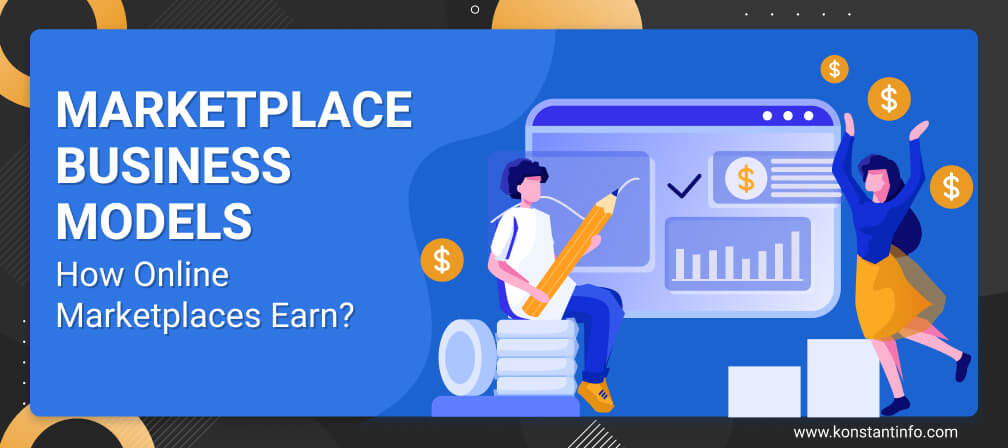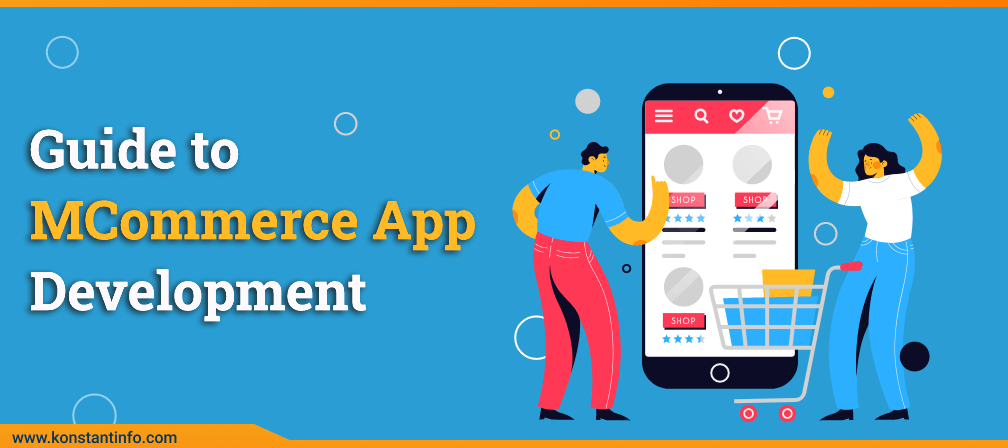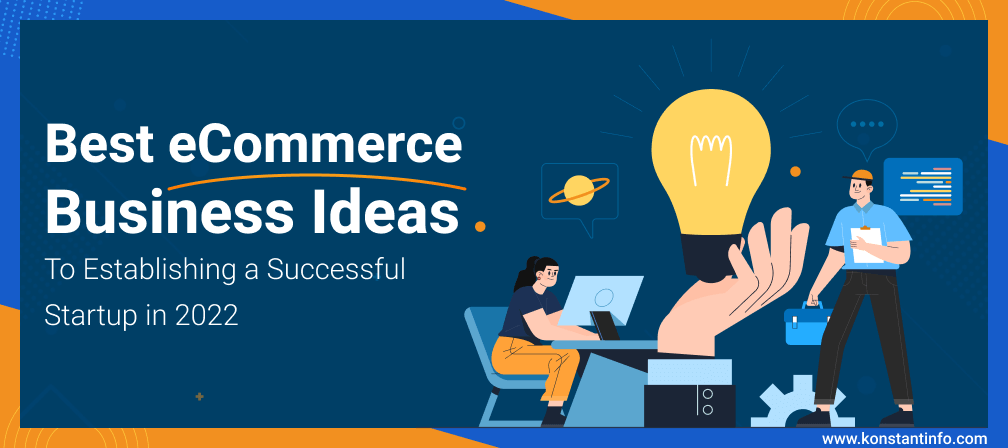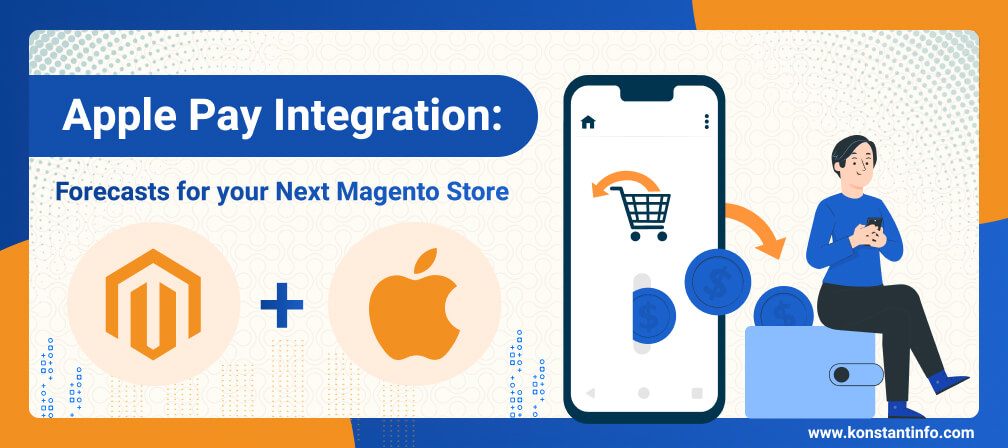
Sellers list their products for sale on marketplaces or e-commerce marketplaces – category wise and consumers make the online purchase. Common examples include Amazon and eBay. An e-commerce platform allows third-party sellers to sell new or used products at a fixed price online alongside regular offerings. Online commerce websites showcase different product brands from multiple vendors, shops, and people.
These are the same types of e-commerce business models.
Business to Business (B2B) Marketplaces/ Business to Government (B2G)
Business-to-customer (B2C) Marketplaces
Peer-to-peer (P2P or C2C) marketplaces/ C2B (Consumer-to-Business)
E-commerce platforms can be:
Web hosting environments within e-commerce platforms:
Besides, there are five value delivery methods in e-commerce:
The seller lists their products on the marketplace. The customer selects and purchases those items. A percentage of the payment that they make for every sold item goes to the seller. This percentage is known as a commission.
E.g.: Commission – airbnb, TaskRabbit, Upwork
All the marketplace users – buyers and sellers are charged a certain amount of recurring fee periodically, to access the marketplace. E.g. eBay, bonanza, Netflix, Spotify, Adobe products. The membership fee model suits the consumer to consumer (C2C) marketplaces like home swapping sites – Love Home Swap, Home Exchange and dating sites like OkCupid, match.com. It is also common for B2C marketplaces like LinkedIn, StackOverflow, Studiotime (an Airbnb for recording videos), Venuu (an Airbnb for event spaces) etc.
Lead fee lies in between listing fee and fee from commissions. Customers post requests and providers make a bid. The lead model only works when the bid value/lead value is high. This model is common to B2B and B2C marketplace. Thumbtack is a B2C marketplace for professional services that work on the lead generation model. They later built invoicing, payment and scheduling tools towards the commission model to extract more value from the transactions they help facilitate. More examples include HomeAdvisor and Hipages.
Customers receive quotes based on the service requests from pros. They analyze the pro’ profiles before deciding about the quote pro with which they want to work. They choose their favourite quote. The service provider/marketplace charges a fee to the pro when they send the quote to the customer and a commission when the negotiation succeeds. Commission fee and the lead-fee are calculated based on factors like demographics of job, type, location and more.
Customers request a service on-demand like home cleaning, haircutting, car washing, massage, pet care, lawn mowing etc. They select a date and time, enter their address of correspondence. If the pros (people assigned for the designated tasks) are available, then customers make an online payment. If the requirement matches with the availability of the service providers, they accept and proceed.
It applies when a software product is sold with a license. It is applicable when a product requires one-time payment only and charges/product are non-reversible e.g. Microsoft Windows, majority of video games, Apache Server etc.
It happens when pricing plans combine more than one monetization strategy. Freemium plans can get morphed into pay-per-use tiered plans. Businesses can move/offer their existing users to use another type of pricing. E.g. Mailchimp, SalesForce, Amazon Web Services etc.
Some marketplaces charge a fee to list the items. The provider/sellers earn value based on listings that they have on their site. Classified ads platforms like Craigslist, B2C marketplaces like Etsy, Zillow; B2B classifieds sites like Mascus earn via this monetization strategy. The listing fee should not be high as it does not guarantee value to the providers. A large volume of listing is required in case a business solely depends upon the listing.
Businesses often share low valued items for free. It happens in conjunction with premium services, but the core offering is free.
Generally, fees on marketplaces apply to the supply-side, but this strategy can sometimes be reversed. Charges apply to the demand side. The effect of charging both demand and supply is the same but the marketplace platform takes a cut on the money exchanged between the customer and the supplier. There is an impact on conversion rate and the difference in perception whether you ask a percentage of the amount that the seller receives or ask the buyer to pay an extra amount to the seller.
E.g. Care.com, Niania.pl and Takeaway.com
Suppliers/Vendors are free to browse customer job requests on marketplaces. But they need to pay a fee to access the contact details of customers. Vendors may decide to convert the customer into accepting the offer, making him pay, selling him further services after contacting them.
Selling advertisements on social media platforms targeted at the users can be a meaningful way to monetize. Amazon keeps experimenting with its ads.
A marketplace may plan to scale their offerings when they have a substantially large pool of customers like Amazon provides financing to its sellers. A food delivery like Just Eat platforms sell supplies to and negotiate discounts for restaurants. Such offerings add additional monetization opportunities, provide value for customer loyalty.
For small individual transactions, the platforms might plan to offer a credits system to its users where they pre-pay usage and spend it later for specific services on the platform like in Thumbtack, StarOfService, Oferteo or LinkedIn.
Hopefully, the businesses that do not fit into any of the monetization strategies discussed above form their own. Dating apps per se offer free discovery and monetize on enabling transactions. Talk to us about how we develop to help you drive your monetization model!



Vipin Jain is the Co-Founder and CEO at Konstant Infosolutions and is in charge of marketing, project management, administration and R&D at the company. With his marketing background, Vipin Jain has developed and honed the company’s vision, corporate structure & initiatives and its goals, and brought the company into the current era of success.
Or send us an email at: [email protected]